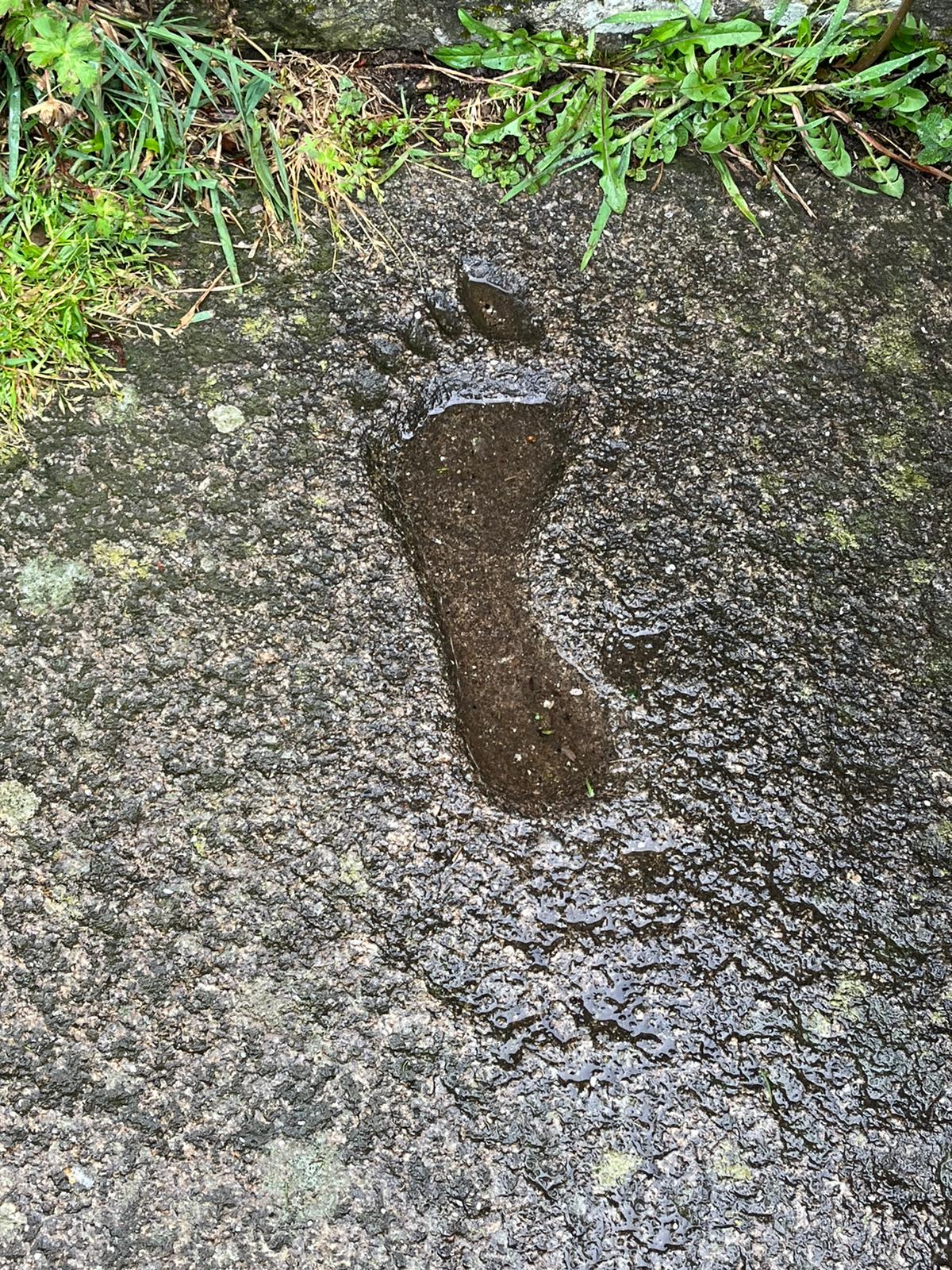The Camino de Santiago attracts more pilgrims every year. According to the Pilgrim’s Office, 446,000 people received their Compostela in 2023. This number doesn’t include the many pilgrims who don’t collect this certificate upon completing the Camino de Santiago.
Over the centuries, the Camino has evolved significantly, transforming how pilgrims experience it and how local communities manage its impact on their environments.
Today, sustainability is a key topic in preserving the Camino de Santiago, aiming to protect its ancient essence without compromising its cultural, historical, and natural integrity.
Let’s not forget that the Camino de Santiago is a UNESCO World Heritage Site, and it’s in everyone’s interest to help preserve this legacy.
The Camino de Santiago: an experience of nature and history
The Camino de Santiago crosses natural and rural landscapes along its various routes, which require special attention to sustainability. The increasing number of pilgrims has had a significant impact on the environment, leading institutions, organizations, and businesses involved with the Camino to promote best practices.
Doing the Camino de Santiago is also about enjoying the experience responsibly, minimizing environmental impact, and supporting the well-being of local communities.
For many pilgrims, the experience along the route is essential, as they see the Camino not only as a path but also as a way to connect with nature, always with a respectful approach to the environment.
Best Practices on the Camino de Santiago
To ensure the Camino de Santiago remains an enriching and sustainable experience for future generations, it’s essential for pilgrims to adopt practices that minimize their environmental and social footprint.
Reducing and managing waste on the Camino de Santiago
Carrying a small biodegradable bag to collect any waste generated along the way is essential, especially in areas with no bins. Also, use recycling containers whenever possible.
Respect for the natural environment on the Camino
The Camino de Santiago passes through protected rural and natural areas, so it’s crucial to follow local rules to avoid harming flora and fauna. Stick to marked paths and avoid picking plants or interacting with wildlife in invasive ways.
Keep the noise down
In many sections of the Camino de Santiago, peace is an essential part of the experience. Avoid unnecessary noise, as it can disturb wildlife, inconvenience local residents, and other pilgrims who seek to reflect or walk in silence.
Support the local economy
Along the Camino, you’ll find small stores, bars, and family-run restaurants with high-quality products. By purchasing local products, whether crafts or food, we support the region’s economy and enrich our experience by learning more about the culture and traditions of the place.
Respect for natural, cultural, and architectural heritage
The Camino de Santiago passes through towns that bear witness to centuries of history. It’s important to respect monuments, churches, and other historic buildings.
Piling up stones, for example, is not a Camino tradition, and doing so can degrade the ecosystem or damage irreplaceable historical elements.
Responsible use of trekking poles
Trekking poles are helpful tools for many pilgrims, but they must be used correctly. It’s recommended to use rubber tips to prevent damage to paths or urban areas, especially in Santiago de Compostela’s historic center, where they can wear down the stonework. Rubber tips also reduce noise, which other pilgrims and residents will appreciate.
Road safety
On some parts of the Camino, walking along road edges is necessary. For everyone’s safety, walk on the correct side and stay alert to vehicles.
In narrow roads, groups of pilgrims should stay to one side to allow vehicles to pass without causing blockages.
Tech disconnection
While mobile phones are useful, especially in emergencies, the Camino de Santiago is designed to be a disconnecting experience.
Markers, shells, and yellow arrows are the best guides on the Camino, and relying too much on Google Maps or other apps can detract from the experience or even cause confusion.
The Camino invites us to live in the moment and disconnect from the fast-paced digital world.
Hospitality and respect: inseparable values of the Camino de Santiago
One of the most important values of the Camino de Santiago is hospitality. The residents of the towns along the Camino have welcomed pilgrims for centuries. However, this hospitality must be met with respect and consideration.
Pilgrims should be aware that they are passing through communities where daily life continues. Therefore, it’s essential to respect residents’ rest and peace, especially in the morning or evening.
In Santiago de Compostela, where most Camino routes end, this respect is equally important. Although it’s understandable to feel excited upon completing the pilgrimage, pilgrims should remember that Santiago’s historic center is a residential area where many people live. Respecting the urban environment and behaving responsibly is part of being a good pilgrim.
The Camino de Santiago: a global community of understanding and respect
As German writer Goethe said, “Europe was made by walking to Compostela.”
Because the Camino de Santiago is not only a pilgrimage route but also a symbol of human and spiritual connection.
Every year, people from all corners of the world come together on this journey, sharing stories, experiences, and moments of reflection. But this global community of pilgrims also has the responsibility to preserve the Camino so others can enjoy the same experience in the future.
Sustainability is not limited to protecting the environment; it also encompasses respect for the culture, traditions, and people who are part of the Camino’s daily life.
By adopting responsible practices, we’re not only preserving the Camino de Santiago for future generations but also keeping alive a tradition that has endured for over a thousand years.
Each step on the Camino de Santiago reminds us that, while we have the right to enjoy it, we also have an obligation to care for it. In doing so, we ensure that this historical, cultural, and natural treasure remains a place of encounter, reflection, and personal transformation for millions worldwide.



Comment (0)